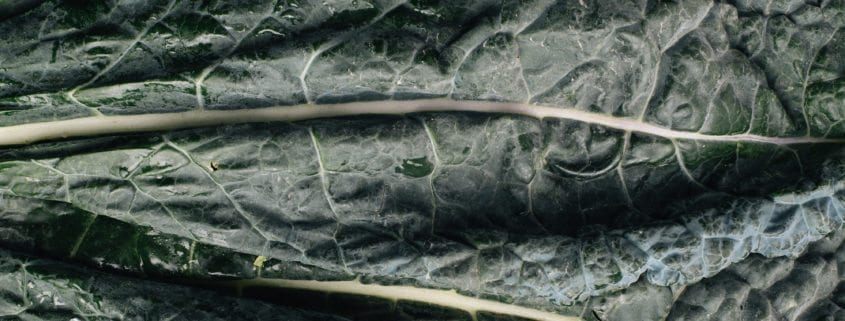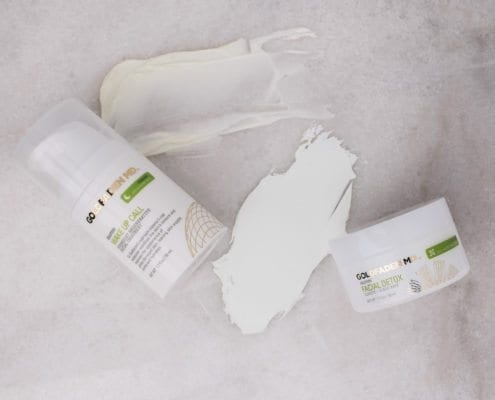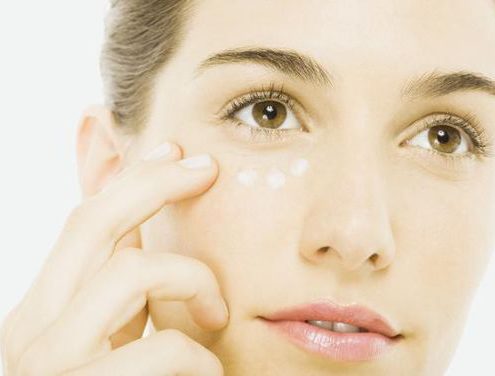
Internal
The Bummer: Breakouts + Irritation
Say goodbye to sugar, it is NOT your friend. Sugar is addictive and present in almost everything! Pay attention to your daily sugar intake. Even that ‘healthy’ green juice you’re drinking may have extra sugar.
Idea!
Dairy intake not only affects the digestive system but also the skin. Try quitting dairy for a month and see how your skin glows brighter.
The Bummer: Dehydration
Watch alcohol intake. Alcohol has dreadful and hazardous effects on the body and skin. Alcohol dehydrates eyes, skin and inside of the body. Alcohol has a bad effect on Vitamin A, B3 and Vitamin C, which are all imperative antioxidants for healthy skin and organ function. Alcohol also affects blood sugar levels and can raise blood pressure.
Good eats:
- Leafy greens
- All berries
- Lettuce
- Raw spinach
- Tomato sauce
- Bell peppers
- Cucumbers
- Pineapple
The bummers: fine lines, dullness + loss of elasticity
Eating healthy can also reduce pollution effects on the skin and the body. Eating a diet high in anti-oxidant rich foods such as leafy greens and berries and foods high in essential fatty acids (salmon, avocado, almonds) shows on your face as well as internally.
Steer clear of foods that encourage and cause Glycation. The Glycation process, which is basically, sugars (from food and alcohol) breaking down the collagen fibers in the skin and therefore speeding up the aging process. Glycation equals loss of elasticity and collagen, which equals sagging skin. Foods that feed Glycation and cause inflammation in the body and the skin are carbohydrates, fried foods, sugar, fatty meats and alcohol.
External
The Bummer: Breakouts
- Everyday pollution from industrial soot, car exhaust, the ozone layer, second hand smoke
- Not washing your face after the gym
- Not taking off your makeup at night
- Bad ingredients (Say NO to: PEGS, mineral oil, alcohol, silicone)
Idea:
Exfoliate and detoxify those pores and follow with treating skin with an anti-pollution, anti-oxidant serum. Try our Brightening Elixir!
The bummer: Fine Lines
- Chronological age- you can help DNA by using targeted skincare products and protecting skin from sun and pollution with SPF and an anti-pollution, anti-oxidant rich serum.
- Sun damage- Exfoliate, treat with a serum (think Vitamin C, Vitamin B and Ferulic acid) and protect with an SPF.
- Smoking- just don’t do it! And if you did then follow the steps above to erase the signs. Smoker’s skin is usually dull, gray and showing signs of loss of collagen and elasticity. Exfoliation followed with a treatment serum can help reverse the damage.
The bummer: Dullness
- Not exfoliating
- Dehydration
Idea:
Try our Doctor’s Scrub or Fresh-A-Peel (lactic acid)!
The Bummer: Irritation
- Overuse of acids and Retinol
- Incorrect choice of moisturizers
Idea:
Ease up on aggressive acids and treatments. Try a nourishing oil that has brightening effects. Think cold pressed oils full of Omegas fatty acids.


 Image via
Image via